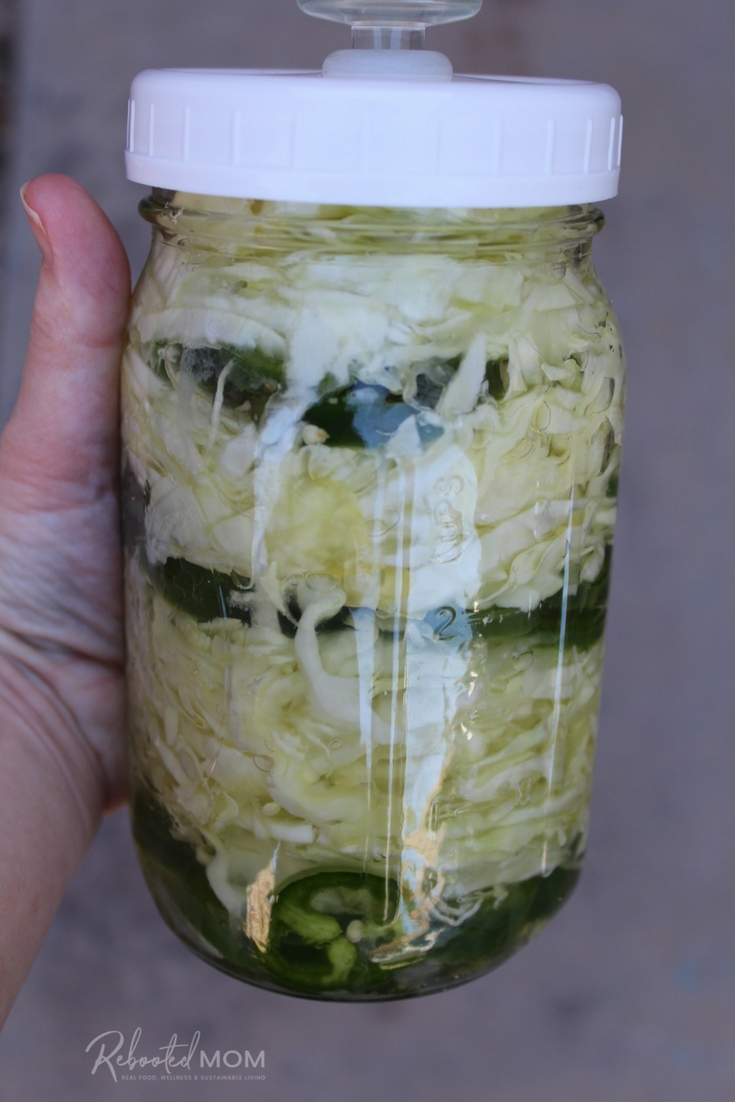
Last year, I learned quite a lot about fermentation – and over the summer months, I got really busy at fermenting almost everything that we picked up at the farmers market.
I absolutely love being in the kitchen, so having the opportunity to spend even more time there was wonderful – over that time I also realized how much I love being able to ferment new foods as time progresses. Although it’s not quite summer yet, produce has already started to become more plentiful and I have been fermenting so much that a portion of my kitchen counter is dedicated solely to ferments..
It’s a wonderful thing – as long as you can sacrifice the space.
Even better, there is so much information out there on the relationship between fermented food and it’s relationship between a healthy gut. A healthy gut is key to proper weight management, stellar immunity, clear skin and ease in digestion.
Those happy gut bacteria are almost like cheerleaders – contributing to an uplifting mood and attitude. Bye bye anxiety, hello positivity!
The brain is, in many ways, our second gut ~ there is a major connection there that needs to be fostered to create just the right environment. The gut uses more than 30 types of neurotransmitters, 95% of the body’s supply of serotonin (our happy hormone) – 90% of the fibers carry information out of the gut to the brain, so it’s much more important than we may even realized.
Our gut bacteria communicate with our brain using the same neurochemicals that our brain uses – eating fermented foods is a wonderful way to support those healthy, good gut bacteria that are crucial to foster a healthy brain.
Fermented Cabbage and Jalapeño Slaw
This cabbage and jalapeño slaw is very easy to make with simple ingredients that come together quite nicely. It is spicy – but full of flavor. It’s wonderful when added on top of a baked potato, served on a hamburger, or added to the top of a salad.
This spicy cabbage and jalapeño slaw is very easy to make with simple ingredients that come together quite nicely. It's wonderful when added on top of a baked potato, served on a hamburger, or added to the top of a salad.
Ingredients
- 4 jalapeños, stem removed & sliced thin
- 1 medium head cabbage
- 7-8 cloves garlic, minced
- 2 Tbsp kosher salt
Instructions
- Core and chop the cabbage.
- Place the chopped cabbage in a large bowl. Sprinkle the salt on the cabbage and stir to combine - allow the salt & cabbage to sit for 45 min. to 1 hour. Over time, the salt will help extract the natural juices of the cabbage.
- Push down the cabbage during that time to continue to work out the natural juices. As the cabbage is pounded (and continues to sit and soak up the salt), it will release more liquid.
- Layer the ingredients very tightly in a wide mouth, quart size canning jar - sliced jalapeños, minced cabbage, and cabbage, pushing down very tightly after each addition.
- Repeat the layering to the top of the jar. As you push down the cabbage, the natural juices will rise above the layers to the top.
- Place a cabbage leaf over the top and tuck under the lip of the jar to keep the layers submerged in their natural juices.
- Place your fermenting lid on top of the jar, set your jar on a plate or a clean kitchen towel (to collect any excess liquid). Push to the rear of your counter top and allow to sit for at least 4 weeks, aim for 65-72 degrees room temp. During that time, make sure that the cabbage is always submerged in brine (if it isn't, top off with salt water - boil 1 C. of water and add 1 tsp of salt, dissolve well and allow to cool).
- After 4 weeks, the bubbling should subside - remove the fermenting lid , remove the cabbage leaf on the top and place a regular canning lid on top.
- Our kraut tastes incredibly delicious after about 5 weeks -- it is so much more delicious than purchasing sauerkraut in store.
After a few days have passed, you will want to make sure you listen or look for a bubbling sound – which indicates that fermentation has begun. After that fermentation begins, move your jar to a relatively cool place (65-72 degrees).
Check on the water regularly – make sure that the contents of the jar are always submerged in the brine. Cabbage fermenting on the counter will tend to smell, so don’t worry about those smells as they are completely normal. If the cabbage needs additional liquid, add a brine of salt water (boil 1 C. of water and add in 1 tsp of salt, stir well to combine and allow to cool).
That brine works wonderful to top off the jar as needed. Once the sauerkraut is done (4-6 weeks), remove that top layer of cabbage – that layer you added on top works well to prevent mold from creeping into your ferment. You can remove it before adding a regular canning lid on your jar and placing in the fridge.
Our ferment tasted amazing after about 5 weeks – though yours can differ. We enjoy eating ours on top of baked potatoes, hamburgers or even on a summer salad.
Have you ever made sauerkraut? Was it a success?
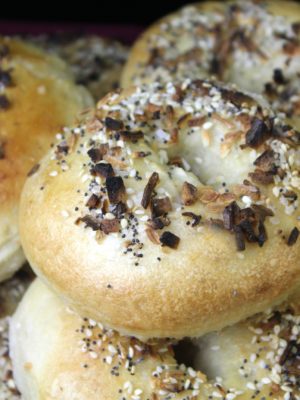
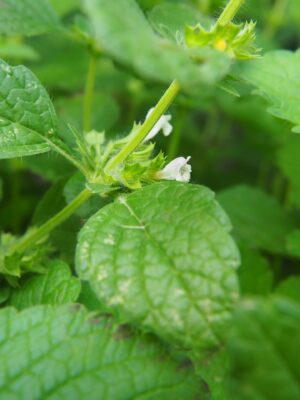
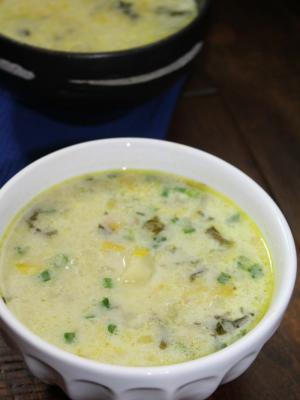
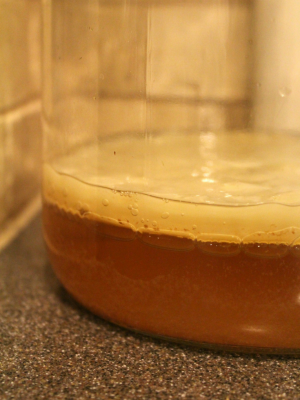
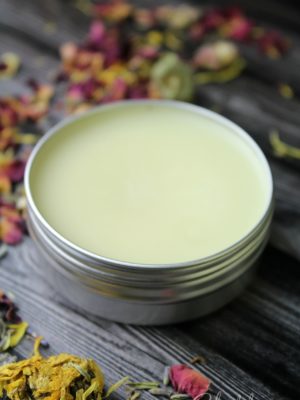
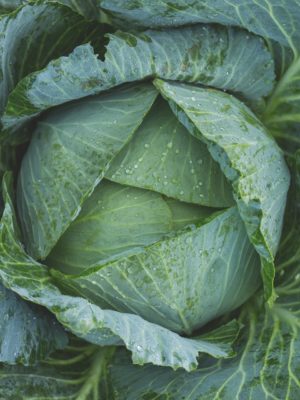

[…] your local CSA farm box or picking it fresh from your garden, save some. You’ll want to make sauerkraut and use the rest to make this easy, belly-warming beef and cabbage […]